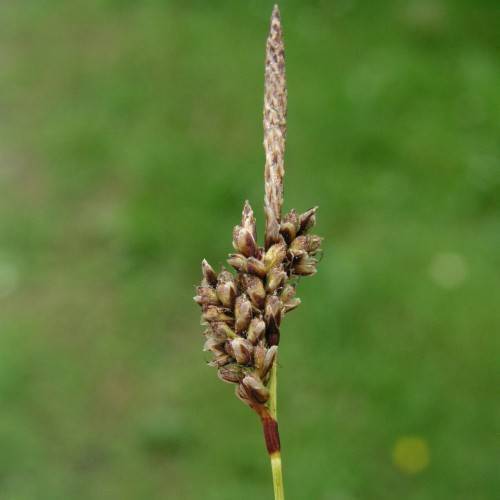
Circumpolar Sedge
Carex adelostoma
Watering:
Frequent
Hardiness Zone:
Sun:
full sun,part shade
Fruits:
Fruits Ready In Summer
Leaf:
Yes
Growth Rate:
Low
Invasive:
Yes
watering
Smooth-Leaved Nodding Thistle (Carduus nutans subsp. leiophyllus) should be watered deeply and infrequently. Water thoroughly whenever the top 2–3” (5–7 cm) of soil is dry and apply approximately 1 to 1.5 inches (2.5 to 4 cm) of water at each sitting. During warmer months, this may need to be done as often as twice a week, while during cooler temperatures, once a week should suffice. As with most plants, ensure good drainage to reduce the chance of root rot occurring.
sunlight
Smooth-Leaved Nodding Thistle requires full sunlight throughout the day, ideally between 8 and 12 hours of direct sunlight. This is particularly true during the growing season, which typically lasts from late spring through early fall. The plant will look fuller and contain more flowers when grown in direct sunlight. During the summer months, Smooth-Leaved Nodding Thistle benefits from a bit of afternoon shade to help protect it from the intense heat.
pruning
Smooth-Leaved Nodding Thistle (Carduus nutans subsp. leiophyllus) may need to be pruned once every 2 years, particularly during the winter or early spring when the plant is dormant. This helps keep the thistle in check, preventing the plants from becoming too large. When pruning, try to keep the sections of the plant that are pruned even in length, so as to maintain a consistent look for the overall plant. Also, be sure to sterilize any pruning tools that may have been used on other plants to prevent any potential spread of disease. In addition, it is a good idea to avoid pruning more than a fourth of the plant at 1 time, as this could cause too much stress. When pruning Smooth-Leaved Nodding Thistle, ensure that any dead or discolored foliage is removed, as this will help keep the plant healthy and ensure that it is able to continue growing successfully.
